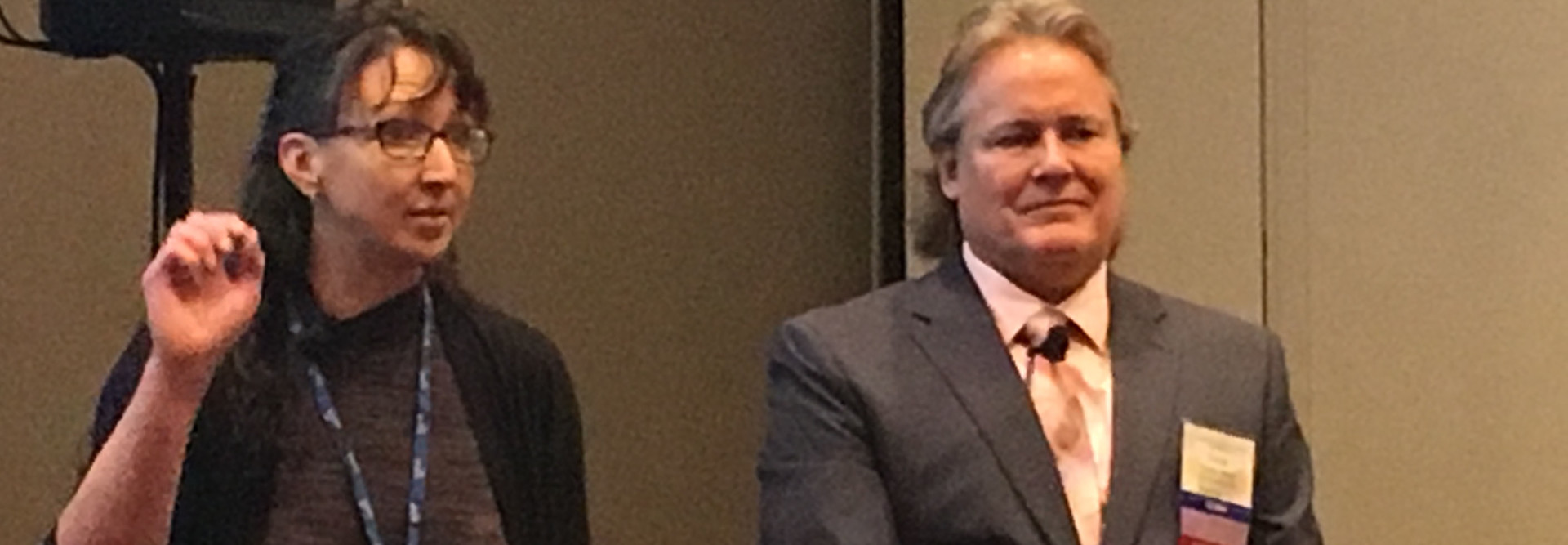NASCIO 2017: State IT and Buyers Work Together to Bolster Innovation
Improving procurement practices and fostering close cooperation between buying and IT teams can support technology innovation, according to state leaders meeting this week at the NASCIO 2017 Annual Conference in Austin, Texas.
“From a procurement perspective, innovation comes from early involvement,” Sarah Hilderbrand, chief procurement officer for the state of Idaho, told an audience during a Tuesday breakout session. “With early involvement, we can build more flexibility into that solicitation. We can look at alternative procurement methodologies. But we have to have the time to be able to do that. And the more flexibility we build in, the more innovation we have, the more opportunities to negotiate later on, and to have that solution evolve.”
To encourage involvement and cooperation between buying and IT teams, NASCIO and the National Association of State Procurement Officials formed a joint task force this year to tackle negotiations in IT procurement. The task force surveyed CPOs and CIOs around the country about their process for awards and contracts.
SIGN UP: Get more news from the StateTech newsletter in your inbox every two weeks
Moving to an Enterprise Solution
While most CPOs and CIOs agree that current procurement procedures effectively capture cost savings and best value, “there is some debate about whether it is leading to the acquisition of the most innovative technology to the state,” according to a report on the survey from NASCIO and NASPO. Only 44 percent of respondents believe that the procurement process delivers innovative solutions.
In Minnesota, Commissioner and CIO Thomas Baden has found that using enterprise agreements with larger private industry partners provides an effective tool to smooth the procurement process and encourage innovation, he said during the session.
“What I really like about that is that once we have an agreement in place, our agency IT folks can consume off that contract. And in some models, it’s pretty much straight consumption-based, so everyone knows exactly what they’re going to be paying for that particular product or service. … Those enterprise agreements are, I think, what is really driving us into innovation.”
Communication Makes Way for Better Procurement
Both Baden and Hilderbrand emphasized the importance of communication between IT and procurement teams.
“As far as the relationship between the agency and the chief procurement officer, she is a key person for me and I respect and nurture that relationship all the time, because she’s so good at what she does,” Baden said.
In Idaho, the IT and buying teams hold monthly meetings that have evolved from a discussion of day-to-day concerns into strategic planning sessions.
“We still talk about the day-to-day, but we also talk about what are you hearing out there in the agencies, what’s coming, what do we need to do,” Hilderbrand said. “We’re kind of viewed as a roadblock sometimes, but we’re trying to balance everything, and we really want to be facilitators.”
According to the survey, in most states (66 percent) the CIO has authority over all state IT purchases, even if IT procurement is not centralized under the CIO’s office.
The task force’s recommendations for improved state IT procurement include removing unlimited liability clauses, introducing more flexible terms and conditions, and eliminating the requirement of performance bonds.
Read more from StateTech’s coverage of the NASCIO 2017 Annual Conference here.









